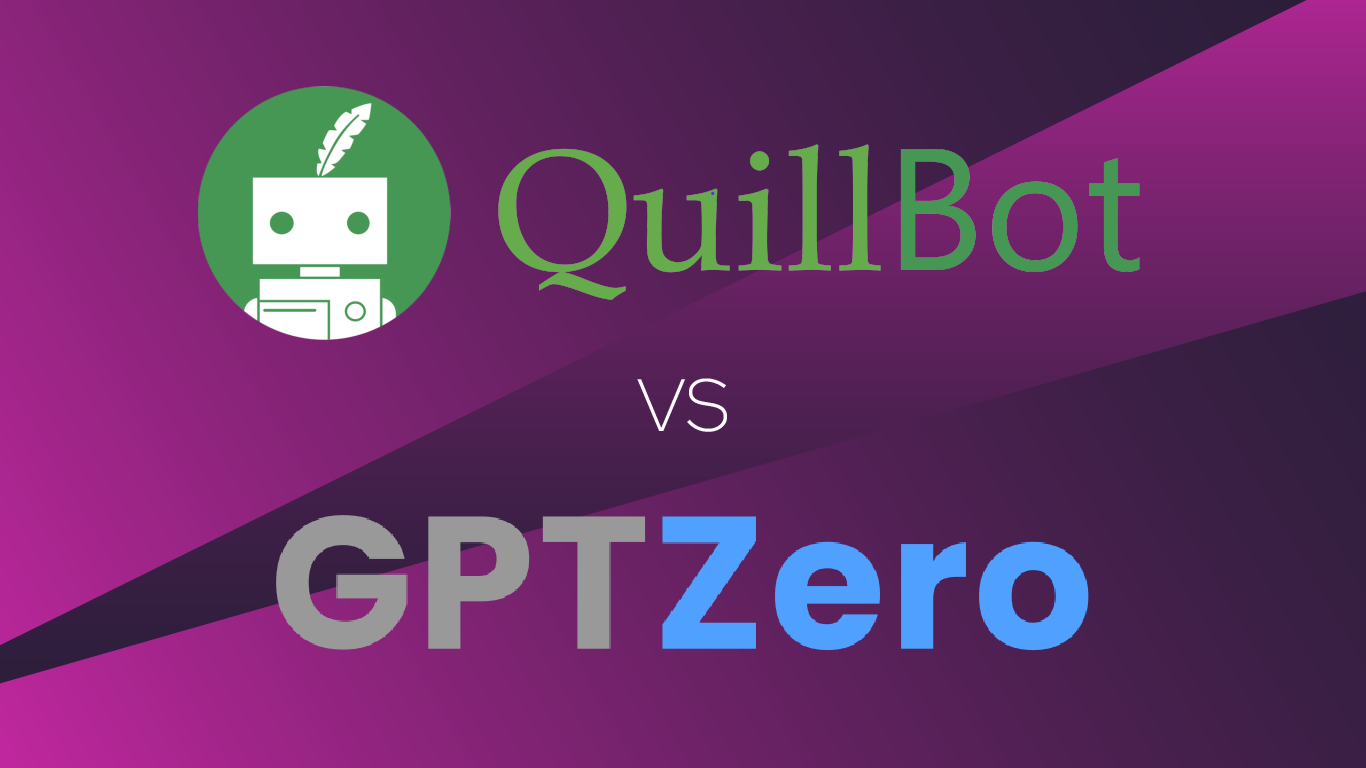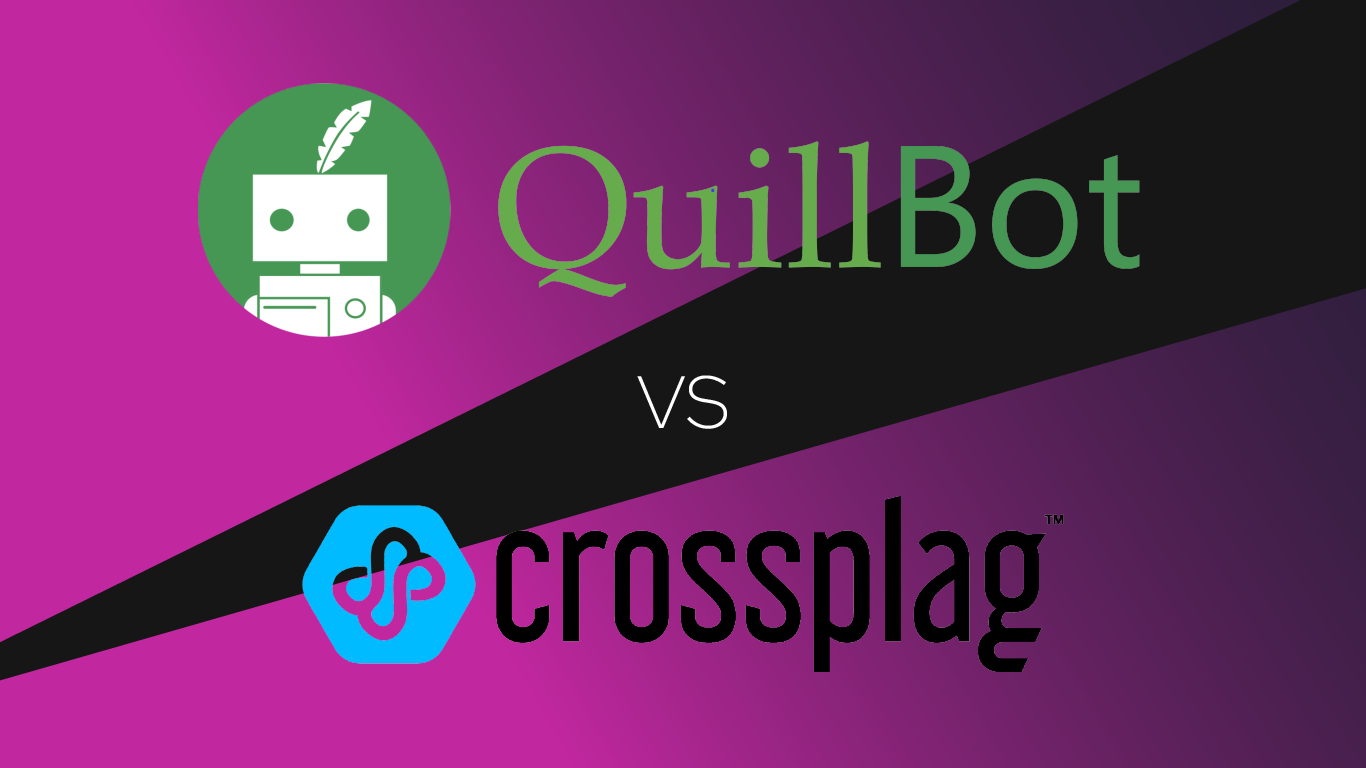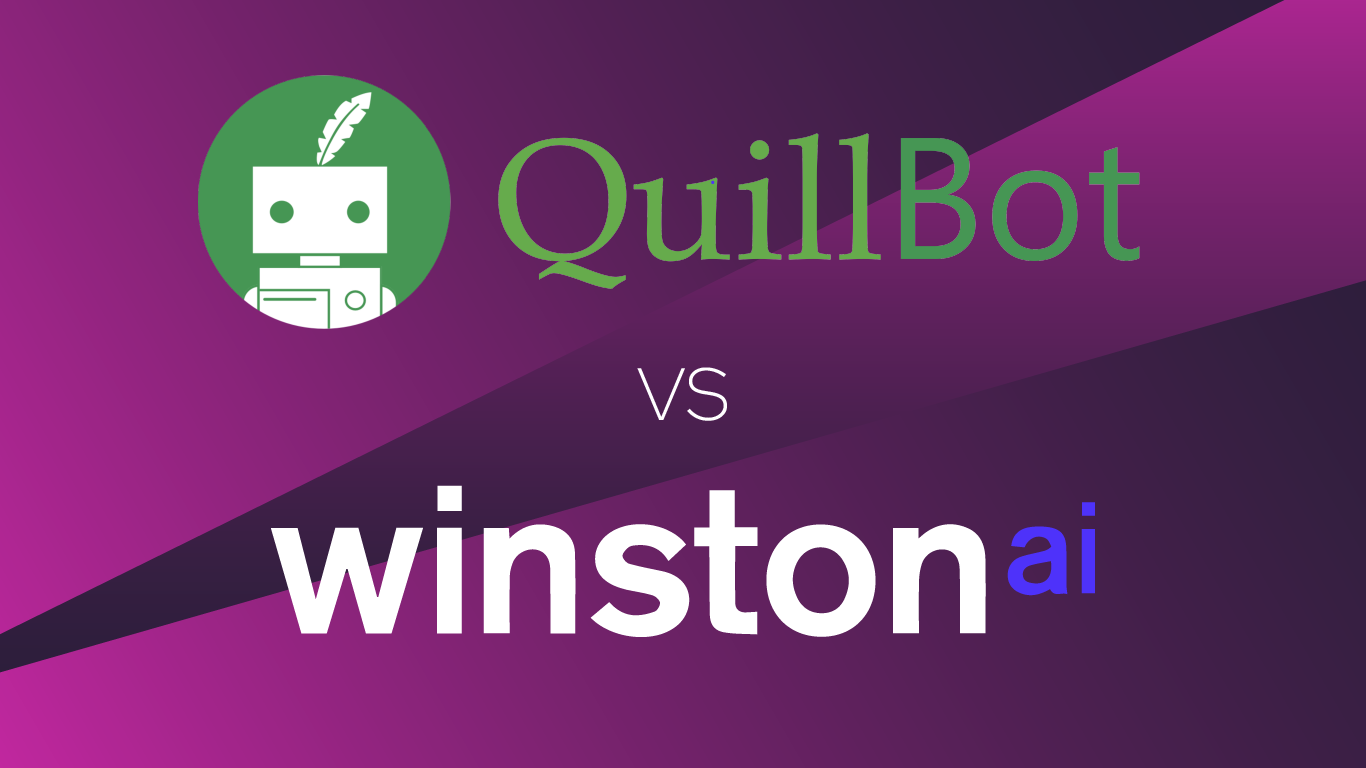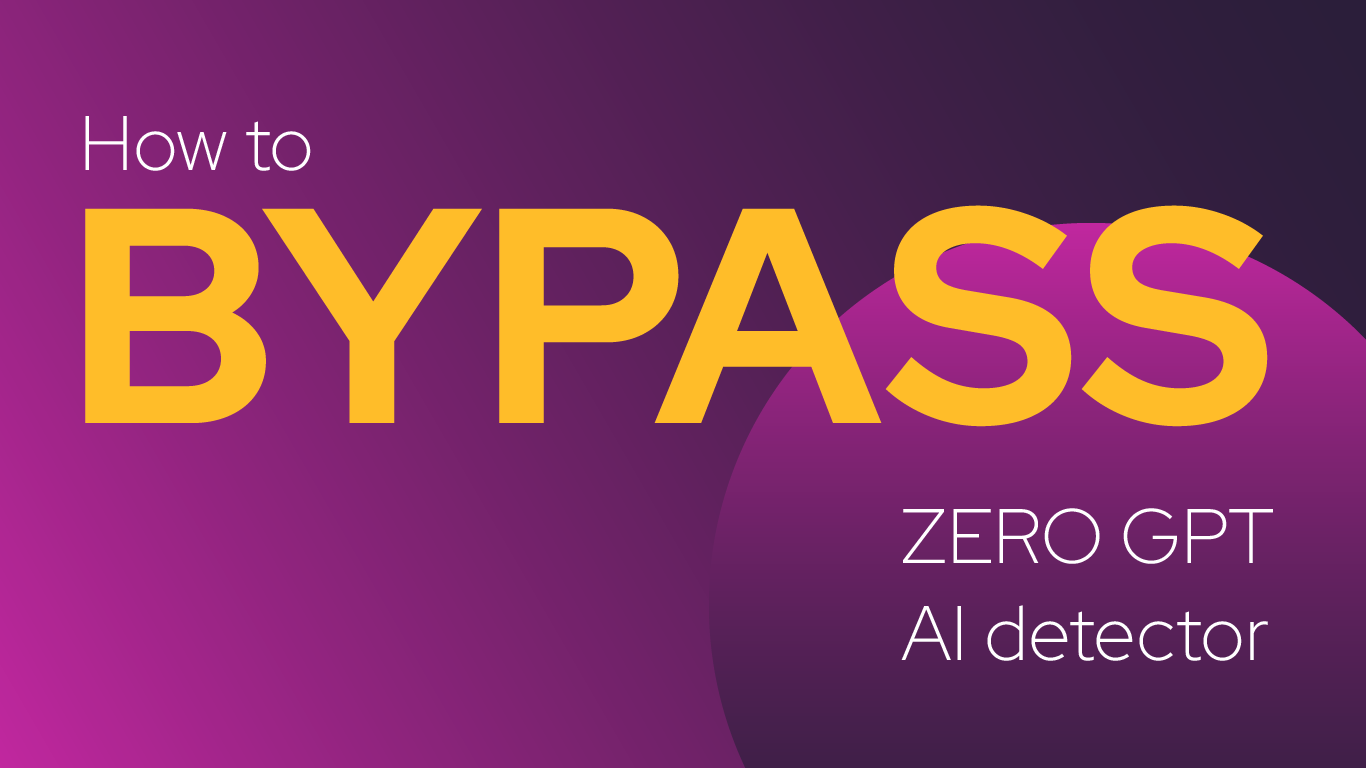As artificial intelligence (AI) rapidly advances, the ability to detect AI-generated content has become a pressing concern. Tools like GPTZero are designed to identify text created by AI, making it more challenging for such content to go unnoticed. In response, users often turn to AI detector rephraser tools like QuillBot, hoping to modify AI-generated text enough to evade detection. This article examines whether QuillBot can successfully bypass GPTZero’s detection mechanisms and also considers the potential of alternative tools like Netus AI.
What are QuillBot’s Capabilities?
QuillBot is an AI-powered paraphrasing tool that has gained popularity for its ability to enhance writing quality. By offering different modes—such as fluency, standard, and creative—QuillBot allows users to choose how they want their text to be rephrased. Its strengths lie in improving clarity, expanding vocabulary, and making text more engaging. However, these benefits come with limitations, especially when it comes to evading sophisticated AI detection tools like GPTZero.
Why QuillBot Struggles Against GPTZero
The main reason QuillBot struggles to bypass AI detectors is that it primarily focuses on rewording rather than restructuring or deeply altering the content. GPTZero and similar tools analyze more than just surface-level language changes; they assess underlying patterns, sentence structures, and the overall “fingerprint” of AI-generated content. This means that even if QuillBot changes some words and phrases, the text may still retain characteristics typical of AI-written content, making it detectable by GPTZero.

QuillBot’s Strengths
QuillBot is widely used by students, content creators, and professionals to improve writing quality. It is particularly known for enhancing clarity, increasing variety, and making text more readable. However, as demonstrated by our test, QuillBot is not a reliable tool for avoiding AI detection, especially for those attempting to obscure AI-generated content.
Netus AI: A Closer Look
Netus AI is positioned as a more robust alternative for those seeking to evade AI detection. Unlike QuillBot, which is primarily a paraphrasing tool, Netus AI is designed to produce content that appears more naturally human. It uses advanced algorithms to adjust sentence structures, vary tone, and mimic human-like writing styles, which can make it more challenging for detectors like GPTZero to flag the content. However, the effectiveness of Netus AI in fooling AI detectors is still subject to ongoing testing and analysis.
Potential Use Cases for QuillBot and Netus AI
QuillBot is ideal for users who want to enhance the readability and overall quality of their writing. It’s widely used in educational settings, by content creators, and by professionals looking to refine their work. Its ease of use and effectiveness in rephrasing make it a go-to tool for non-native English speakers and those who need to quickly reword text without altering the core message.
Netus AI, on the other hand, might appeal to users who are more concerned with producing content that passes AI detection. This could include content creators who rely on AI for generating initial drafts but want to ensure that the final product is indistinguishable from human writing. Additionally, Netus AI may be valuable in contexts where privacy or anonymity is a concern, and users need to obscure the origins of their text.
The Role of AI Detection Tools Like GPTZero
AI detection tools like GPTZero are becoming increasingly sophisticated, making it more difficult for AI-generated content to go undetected. These tools are used in various industries, including academia, publishing, and online platforms, to ensure the authenticity and originality of written content. They analyze text based on several factors, including perplexity (how predictable the text is) and burstiness (variation in sentence length and complexity), which are key indicators of AI involvement.
As AI detection tools continue to evolve, they are likely to become even more effective at identifying AI-generated content. This presents a growing challenge for paraphrasing and content generation tools, which must continuously adapt to avoid detection. It also raises important questions about the future of AI in writing and content creation.
Ethical Implications of Using AI Tools
The use of AI tools like QuillBot and Netus AI brings with it significant ethical considerations. On one hand, these tools can greatly enhance productivity and creativity, allowing users to produce high-quality content more efficiently. On the other hand, there is a risk that they could be used to deceive, particularly in academic or professional settings where originality is paramount.
For instance, using AI tools to bypass plagiarism detectors or to create content that misleads readers about its origins can undermine the integrity of the work and lead to serious consequences. Educational institutions, in particular, are concerned about the potential for academic dishonesty, as students might use these tools to submit AI-generated work as their own.

It’s crucial for users to employ AI tools responsibly, ensuring that they are used to supplement rather than replace genuine human effort. Transparency about the use of AI in content creation is also important, as it helps maintain trust and credibility in both academic and professional environments.
The Future of AI Detection and Content Generation
Looking ahead, the arms race between AI content generators and AI detectors is likely to intensify. As AI models become more advanced, their ability to produce human-like text will improve, making it harder for detectors to identify AI-generated content. At the same time, AI detection tools will also evolve, incorporating new techniques and algorithms to stay ahead of these developments.
For content creators and users of AI tools, this means that the landscape will continue to shift. Tools like QuillBot and Netus AI will need to innovate to remain effective, while users will need to stay informed about the latest developments in AI detection. Ethical considerations will also play a key role in shaping the future of AI in writing, as society grapples with the implications of increasingly sophisticated AI-generated content.
QuillBot vs. GPTZero - FAQ
GPTZero is an advanced AI detection tool designed to identify content generated by AI language models, including those like GPT-4. It analyzes text to determine whether it was written by a human or an AI, using features like perplexity and burstiness to assess the likelihood of AI involvement.
No, QuillBot cannot reliably bypass GPTZero. Tests show that even after paraphrasing, GPTZero can detect AI-generated content with a high degree of accuracy, making QuillBot ineffective for evading AI detection.
Netus AI is designed with advanced features that may make it more effective than QuillBot at producing content that is difficult for AI detectors like GPTZero to identify. However, further testing is needed to confirm its effectiveness.
Netus AI is an AI-powered tool designed to create content that evades detection by AI detectors. Unlike QuillBot, which primarily focuses on paraphrasing, Netus AI modifies text in ways that make it appear more human-like and less likely to be flagged by tools like GPTZero.
Yes, there are significant ethical concerns. Using these tools to deceive AI detectors, particularly in academic or professional settings, can be considered dishonest and may lead to serious consequences. It’s important to use such tools responsibly.
QuillBot excels at improving writing clarity, enhancing readability, and providing users with various modes to tailor their paraphrasing needs. It is particularly useful for students and professionals who want to refine their writing.
While Netus AI is designed to produce content that is harder for AI detectors to recognize, it is not guaranteed to be foolproof. AI detection technology is continuously evolving, making it challenging to ensure complete evasion.
GPTZero uses advanced algorithms to analyze text characteristics such as perplexity (how predictable the text is) and burstiness (variation in sentence length and complexity). These metrics help determine whether the content is likely to be AI-generated.
Netus AI offers competitive pricing with features specifically designed for evading AI detection, which may provide better value for users prioritizing undetectability. QuillBot, however, offers unlimited word counts for paraphrasing at a slightly higher monthly rate.
The choice depends on your specific needs. If you are focused on improving writing quality and clarity, QuillBot is a good option. If avoiding AI detection is a priority, Netus AI may be more suitable, with Netus AI showing promising results in avoiding detection by tools like GPTZero.
Related Posts
Through digital leadership we empower people to leverage the opportunities in global economy





